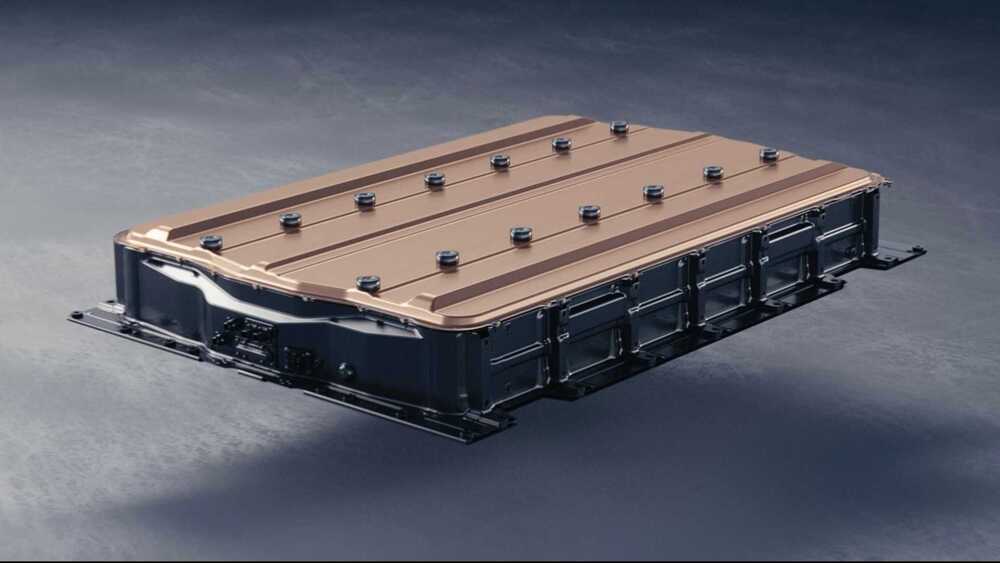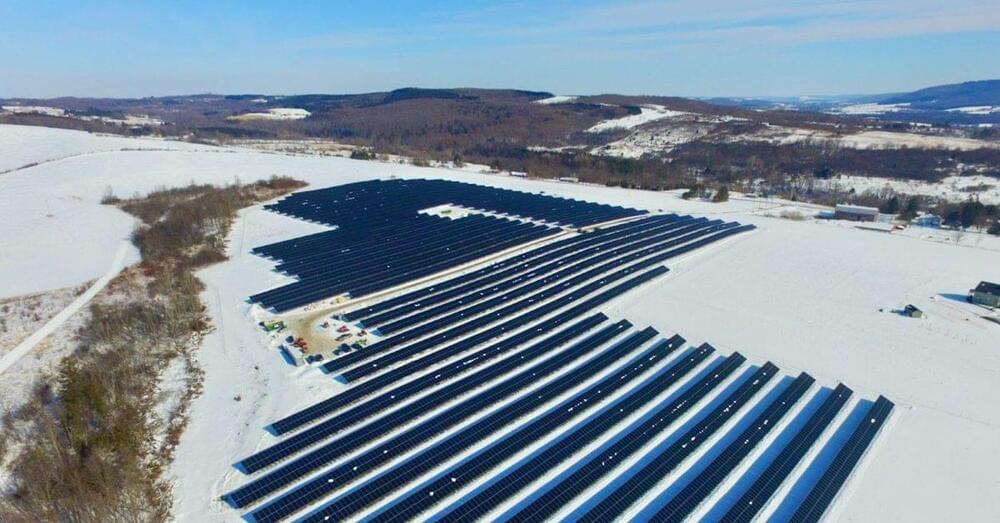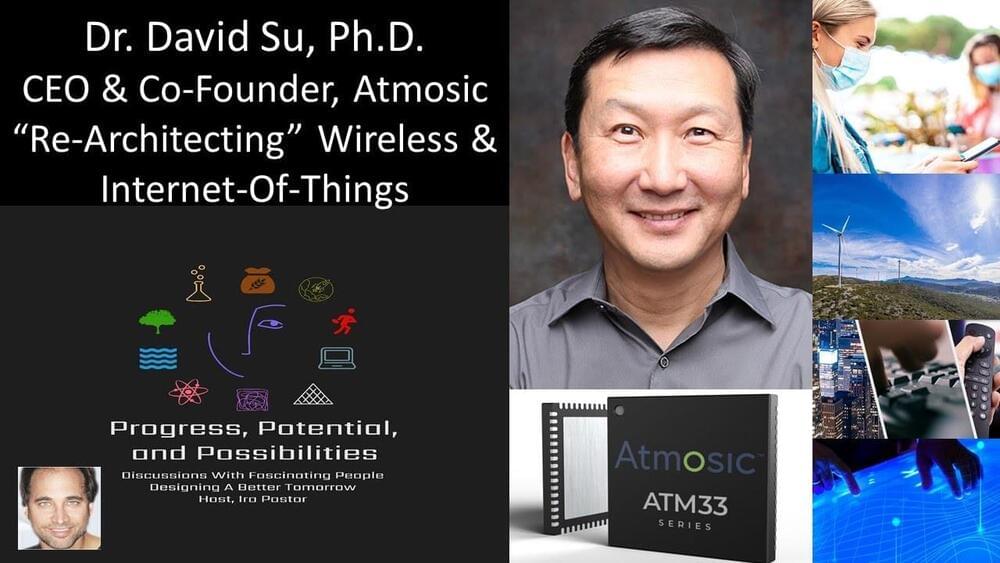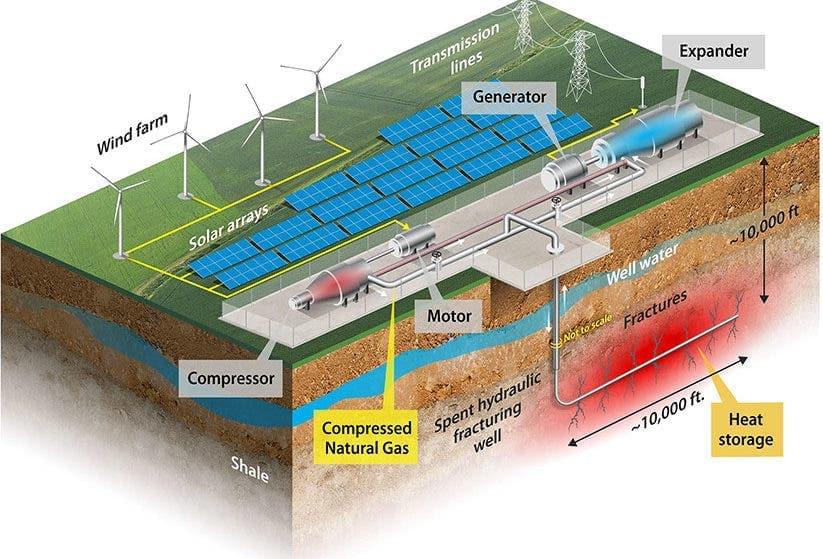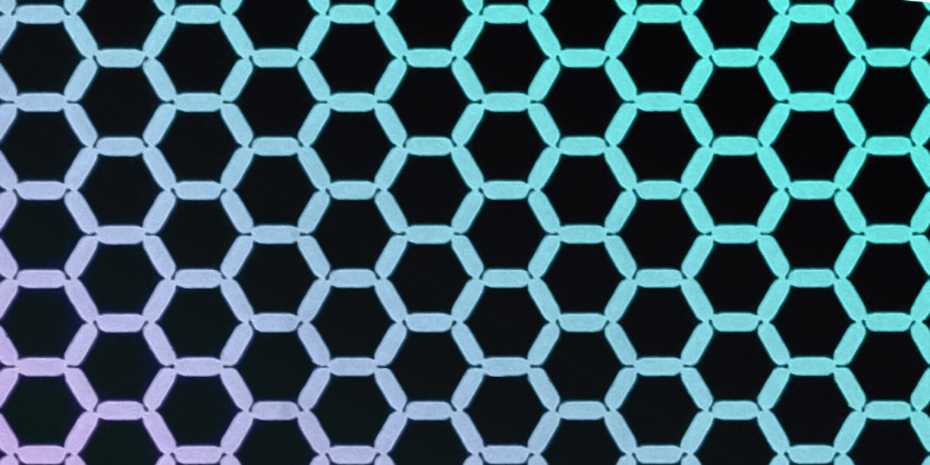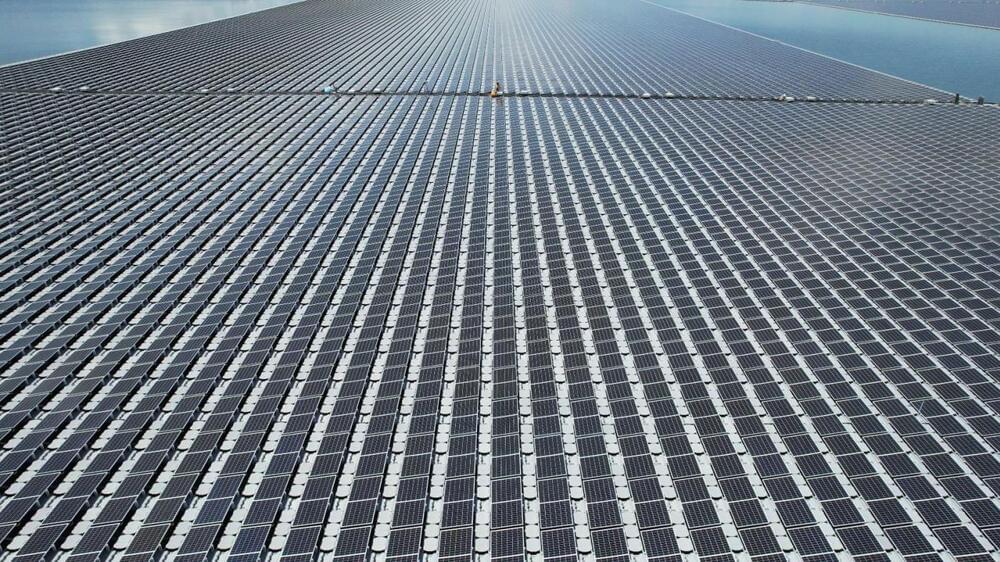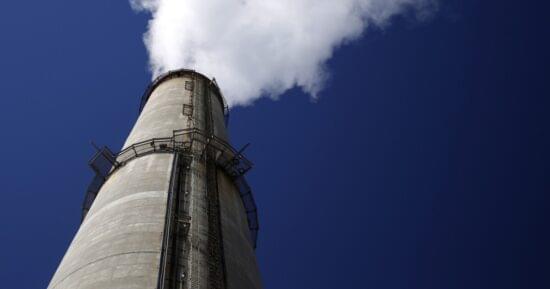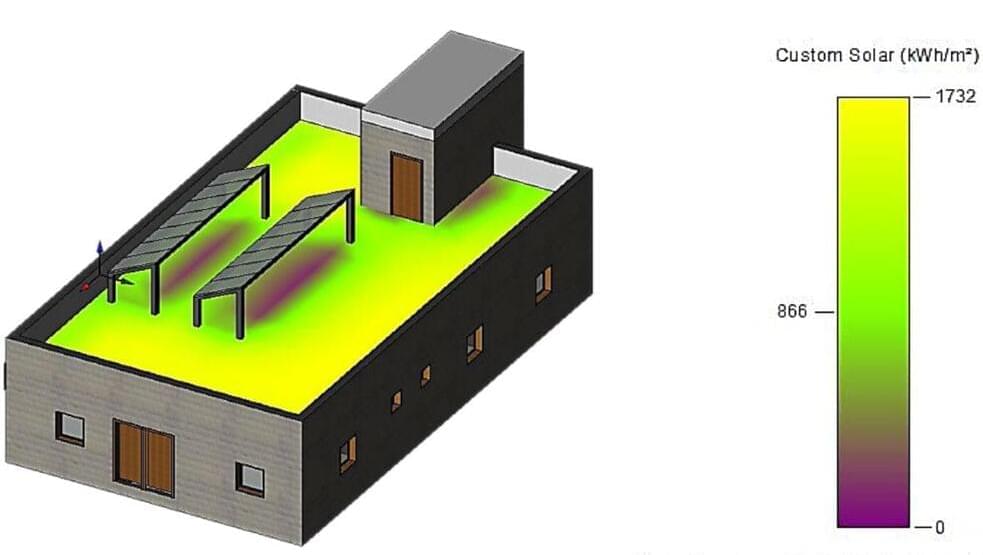Apr 13, 2022
General Motors Secures Multi-Year Cobalt Supply From Glencore
Posted by Shubham Ghosh Roy in categories: energy, sustainability, transportation
“GM and our suppliers are building an EV ecosystem that is focused on sourcing critical raw materials in a secure sustainable manner. Importantly, given the critical role of EVs in reducing the carbon footprint of the transportation sector, this agreement is aligned with our approach to responsible sourcing and supply chain management.”
Jeff Morrison, GM vice president, Global Purchasing and Supply Chain
GM and Glencore did not disclose the duration of the sourcing agreement or its value. Cobalt is a rare metal that makes up only 0.001% of the earth’s crust. Known for its heat-resistant properties, it is added to lithium-ion battery cathodes to improve energy density and battery longevity.
